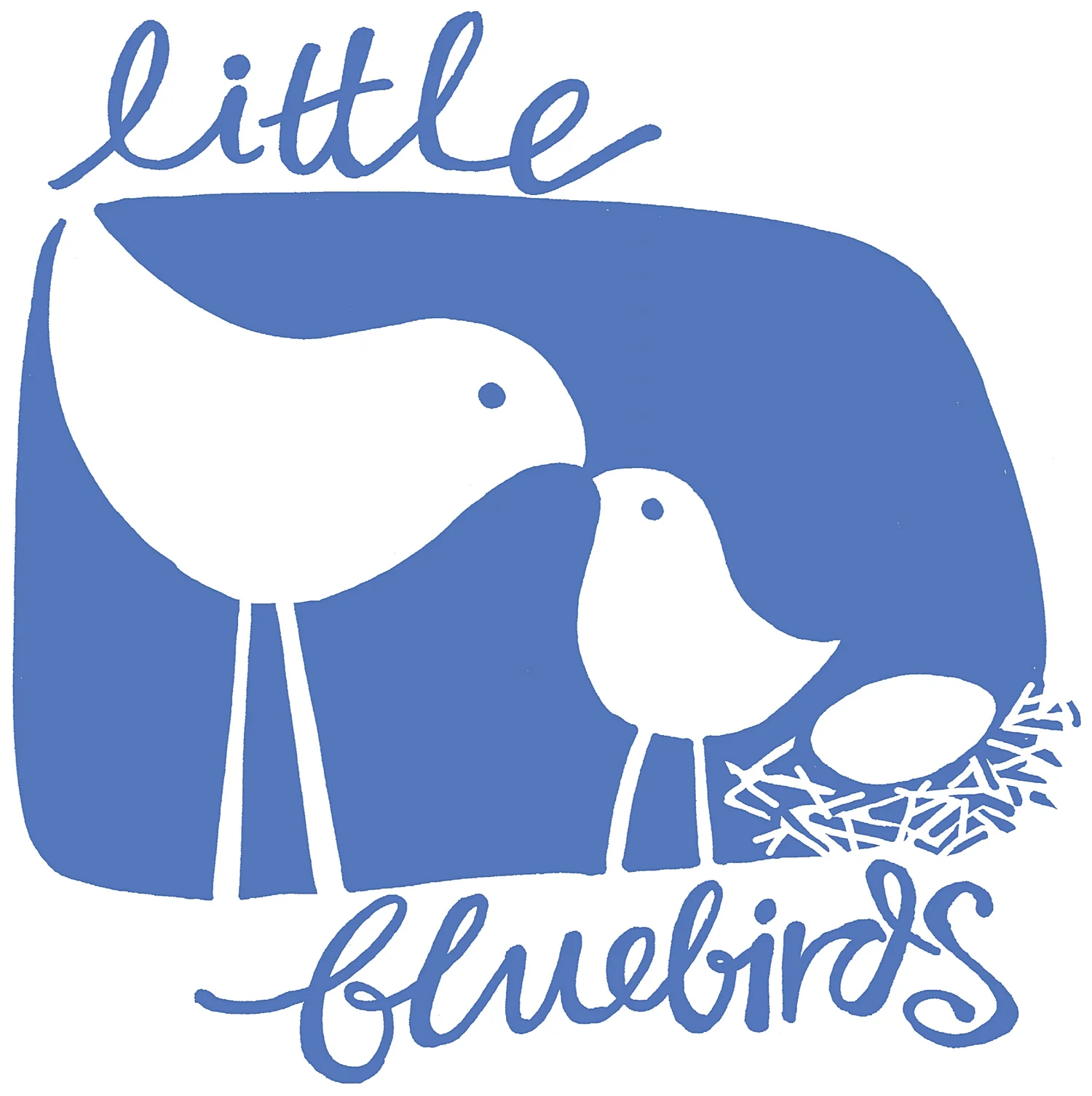Giggles with purpose
From the moment they arrive in the world, babies are equipped with an amazing set of tools to help them in the big wide world. Among these are primitive reflexes - automatic movements that help them survive, connect, and begin making sense of their new environment.
One of the most noticeable of these is the Moro reflex, sometimes called the startle reflex. You’ve probably seen it in action… a sudden noise, a shift in position, or a bright light triggers a dramatic response: arms fling out, legs extend, and a look of astonishment flashes across your little one’s face and sometimes even turns into a cry.
As babies grow and their brains and bodies develop, their early (primitive) reflexes, like the Moro reflex, should gradually fade away, or integrate. This sets their brain up for more coordinated movement, emotional regulation, and focused learning. In the case of the Moro reflex, this integration usually happens by around six months of age.
But sometimes, the integration process is delayed or disrupted. When this happens, a child’s physical and cognitive development can be impacted. The good news? There are simple, joyful ways you can support this process right at home.
One of the easiest and most enjoyable ways to help your baby integrate the Moro reflex is through knee bounces. These playful songs and rhymes offer gentle position changes that help your child’s nervous system learn to stay calm and organised, even during movement.
You can start gently, with a well-supported bounce on your knees using songs like Ride-O or Here Come Three Kings or perhaps try a uniquely Australian rhyme like I Had a Little Pony.
Bouncing Techniques for young babies
Sit with legs stretched straight out in front. Lay baby on upper legs. Gently raise and lower knees.
When sitting in a chair, lay baby on upper legs and gently raise and lower heels.
Lay on back with knees brought up to chest. Lay baby's tummy on your lower legs with head facing your face. Gently raise and lower legs.
Then, as your baby grows more confident, try adding a little more movement with ‘tips’ (like in Johnny and Jane), ‘lifts’ (like in Zoom Zoom Zoom) and ‘falls’ (like in Hokey Pokey)!
Bouncing Techniques for older babies and toddlers
Sit on the floor with legs crossed and have child sit on your knee. Allow child's feet to touch the floor.
Sit with legs stretched straight out in front. Have child sit on your legs facing you. Raise and lower knees.
Sit in a chair with one leg over the other. Have child sit on your foot. Raise and lower your foot.
The small, loving interactions that happen during knee bounces do more than bring giggles - they support your child’s development in deep and lasting ways. Every bounce, tip, and laugh helps build the foundation for movement, learning, emotional resilience, and a strong connection with YOU.
So, next time you share a song and a bounce with your little one, remember: you’re doing something wonderful for your child.




